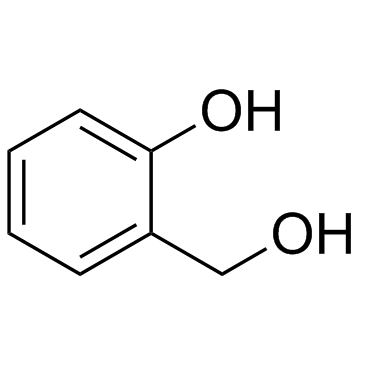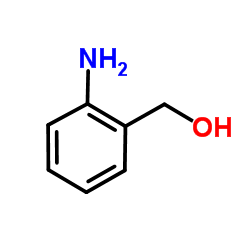| Structure | Name/CAS No. | Articles |
|---|---|---|
 |
salicyl alcohol
CAS:90-01-7 |
|
 |
(2-Aminophenyl)methanol
CAS:5344-90-1 |